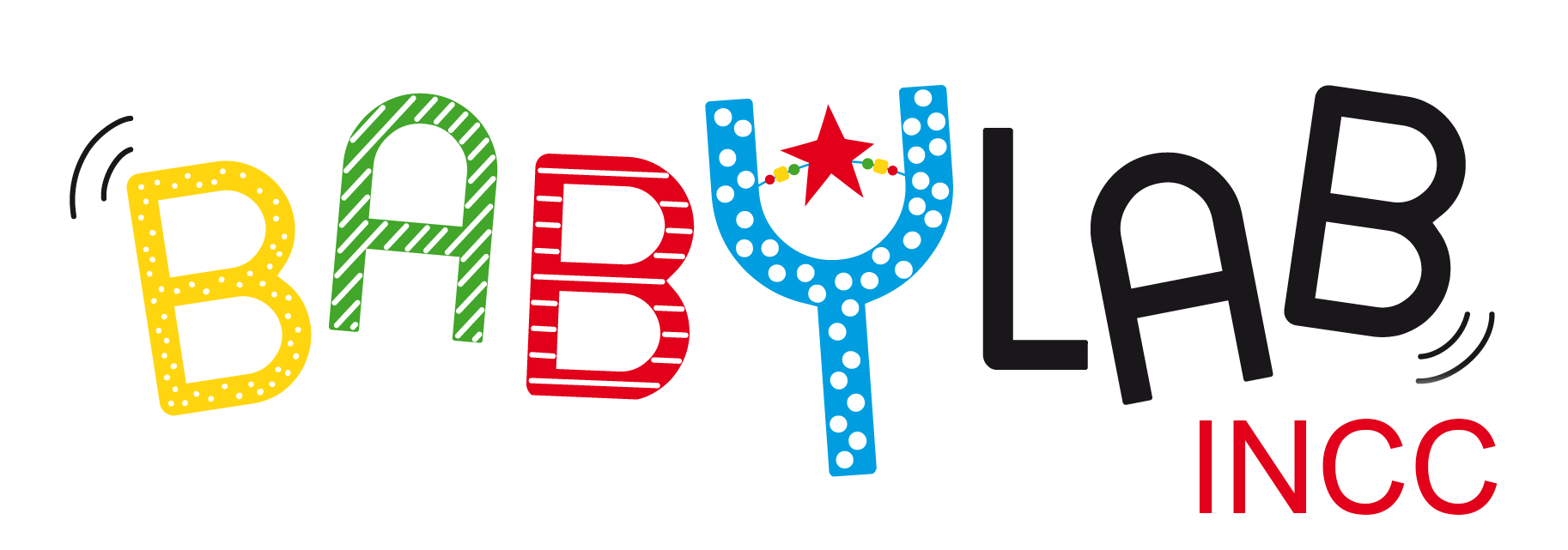The Realm of Magnitude Representations: Origins and Neural Basis (NUMSPA)
2015-2018
The idea of greatness – in its digital, spatial and temporal aspects – is the central foundation of mathematics, science and technology. But the origins, their relations during development, and the format of representation of the abstract concepts of number, space, and time are still debated and misunderstood. Understanding how concepts of greatness are represented, understood, as well as the intuitions that guide their reasoning is essential to know how to teach them from infancy. To shed light on this phenomenon has very important implications for our society. In fact, mathematics is at the center of the child’s school curriculum, and one of the foundations of mathematics education is the understanding of numbers. The ability of children to relate number and space could thus improve their understanding and their mastery of a knowledge of numbers. There are a number of fundamental questions that research raises on this subject: what are the functional origins of correspondences between the different dimensions of magnitude: is it a general capacity, or the link between the representations of Is space, time and numbers specific to these dimensions? Moreover, what are the neural bases of this phenomenon in the immature brain? Tasks 1 and 2 of this project address these two fundamental questions from behavioral and neuroimaging studies in neonates. All of these studies can shed light on the fundamental question of innateness, posed since the dawn of experimental philosophy, the psychology of classical development and modern cognitive science, and will have crucial implications for education and neuropsychology.


